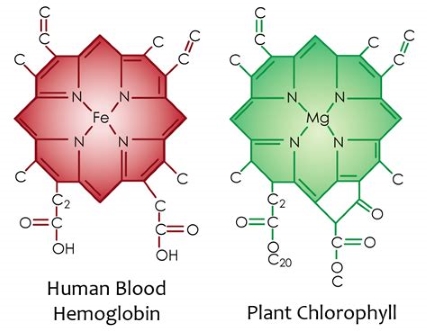Do you Talk to your Plants..?
by Rob English
Do you talk to your plants? I don’t. I don’t think most people do. And yet, the claim is made that talking to house plants makes them grow bigger and greener. How could that be? My guess? Talking to your plants means you are breathing carbon dioxide on them, enriching the air around them with the chemical element they use to build themselves. So, if you sit near your plants as you read a book in the evening, as I do, you’re breathing that CO2 on them, helping them to thrive.
Remember the lesson from Science class? Plants take in the carbon dioxide we breathe out and use it to build plant cells, and in turn they give off oxygen for us to breathe. The more plants you have, the more oxygen they provide. Not for nothing do they call the Brazilian Rainforest the lungs of the Earth! The Earth’s rainforests provide us with massive amounts of oxygen (and let’s hope we stop burning them down!). But we don’t have to go to Brazil or to El Yunque in Puerto Rico to appreciate the miracle – it happens with the plants on your windowsill. It happens outside our houses with every blade of grass and every bush and tree.
The geranium in your home and the rose bush in your yard, like all green plants, share some of its biology with humans. The green chlorophyll molecule that plants use to make energy from the sun is strikingly similar to the human hemoglobin molecule that allows our blood to carry oxygen to our cells.

Chlorophyll makes plant life possible, and if you think about it, it also makes human life possible. We eat plants as fruits, grains, nuts, and vegetables, thanks to chlorophyll, and we feed plant grains to animals to make meat. Thus plants, via chlorophyll, give us ALL our food. Without the chlorophyll in green plants there could be no humans!
Here is something you may not have learned in Science class: In the Fall, the reason that tree leaves turn yellow, orange, and red is that the tree is pulling its green chlorophyll down into its root system to store it for another year. The remaining colors we see in October and November were present in the leaf since Spring, but they were overshadowed by chlorophyll. The broad, colorful leaves must be cast off from the tree, of course; otherwise they would combine to act like a sail when the strong winds of winter come and the force could topple the tree. No worries. After winter, when the trees have counted the correct number of warm days and noted the necessary angle of the midday sun, they’ll put out new leaves and fill them with the chlorophyll stored in the roots during the cold months.
By the way, the trees would appreciate it if you don’t rake away all the fallen leaves, because the snows of winter and awakening bugs of Spring turn the torn, decaying leaves into excellent fertilizer.
In November, as leaf trees begin to hibernate and squirrels begin to bury nuts, chickadees hide sunflower seeds in cracks in tree bark so that they will have a steady supply of food during the winter. Amazingly, a chickadee, with its tiny brain, can remember many thousands of such hiding places. It’s crucial to remember where the hidden seeds are because without daily food in bitter winter to fuel its heating system overnight the beautiful little bird would freeze to death in its sleep.
Speaking of birds, a pair of noisy blue jays are calling to me right now from a branch near my kitchen window. They know that if I hear them, I’ll throw them a few peanuts. Am I a silly person because I make friends with blue jays? Maybe, but at least I don’t talk to my plants.
Rob is a member of People for Animal Rights.
Source for the Imagen: https://futureconsumerlab.ku.dk/lab-facilities/nordic-food-lab-archive/Nordic_Lab_FINAL_2020.pdf, lado 260.

